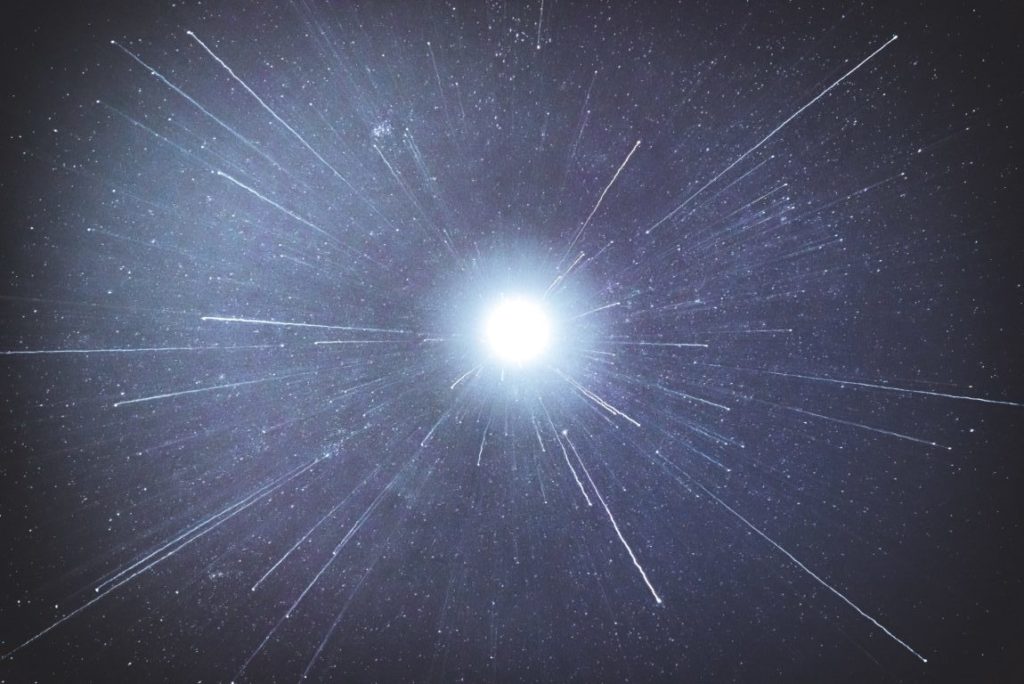Sub-femtosecond resolution of the Auger effect via self-referenced attosecond streaking

Honouring a secular tradition in the physical sciences, that of the Boltzmann constant (created by Planck) and the Avogadro constant (created by Cannizaro), the Auger effect was discovered by Lise Meitner in 1922 and rediscovered by Pierre Auger in 1923. The effect consists in the ejection of an electron from an atom without the emission of an X- or gamma-ray photon, as a result of the de-excitation of an excited electron within the atom. This type of transitions occurs in the X-ray region of the emission spectrum. The kinetic energy of the ejected electron, called an Auger electron, is equal to the energy of the corresponding X-ray photon minus the binding energy of the Auger electron.
Auger decay is a fundamental manifestation of correlated electron dynamics, wherein the action of one electron affects another. Put in another way, in this process a tightly bound electron in an atom or molecule is ejected, either by absorption of an X-ray photon or collision with an energetic particle. When a more weakly bound electron fills the resulting core-hole, the energy released by this relaxation process can induce ejection of another electron, the Auger electron.
This non-radiative process is the dominant decay mechanism for elements with a low atomic number. In these cases, the core-hole decay lifetime is essentially equivalent to the Auger decay lifetime, and on the order of femtoseconds. When the core-hole is created by photo-ionisation, the Auger decay lifetime is related by the uncertainty principle to the spectral line width of the photoemission line. High-resolution electron spectra, mostly measured using high-brightness synchrotron sources, have therefore been used to infer Auger decay lifetimes.
Alternatively, it is possible to access these dynamics directly in the time domain, using X-ray pulses with a duration comparable to, or shorter than, the Auger decay lifetime. For example, in proof-of-principle experiments in krypton using relatively weak, table-top attosecond extreme ultraviolet sources pulses, core-holes were created impulsively by photoionisation. The subsequent Auger decay was then temporally resolved by dressing the electron emission with an optical laser pulse. In these experiments, the photoemission profile matches the temporal profile of the exciting attosecond XUV pulse, as photoemission occurs on even shorter attosecond timescales. In contrast, the Auger emission occurs over a longer duration – typically on a femtosecond timescale.
Now, a team of researchers has conducted 1 a new experimental study of Auger decay emission in the time domain, using intense, femtosecond soft X-ray pulses from an intense X-ray free-electron laser of duration commensurate with the core-hole lifetime. This represents the first experimental demonstration of the effect of quantum coherence of photo- and Auger electrons.
Intense X-ray free-electron lasers can rapidly excite matter, leaving it in inherently unstable states that decay on femtosecond timescales. As the relaxation occurs primarily via Auger emission, excited state observations are constrained by Auger decay. In situ measurement of this process is therefore crucial, yet it has thus far remained elusive due to inherent timing and phase jitter, which can be orders of magnitude larger than the timescale of Auger decay. The team has developed a new approach termed self-referenced attosecond streaking, based upon simultaneous measurements of streaked photo- and Auger electrons. This technique enables sub-femtosecond resolution in spite of jitter.
The researchers used this method to make the first XFEL time-domain measurement of the Auger decay lifetime in atomic neon, and, by using a fully quantum-mechanical description, retrieve a lifetime of 2.2 fs for the KLL decay channel. Importantly, this technique can be generalised to permit the extension of attosecond time-resolved experiments to all current and future free-electron laser facilities.
Author: César Tomé López is a science writer and the editor of Mapping Ignorance.
Disclaimer: Parts of this article might have been copied verbatim or almost verbatim from the referenced research paper.
References
- D. C. Haynes, M. Wurzer, A. Schletter, A. Al-Haddad, C. Blaga, C. Bostedt, J. Bozek, M. Bucher, A. Camper, S. Carron, R. Coffee, J. T. Costello, L. F. DiMauro, Y. Ding, K. Ferguson, I. Grguraš, W. Helml, M. C. Hoffmann, M. Ilchen, S. Jalas, N. M. Kabachnik, A. K. Kazansky, R. Kienberger, A. R. Maier, T. Maxwell, T. Mazza, M. Meyer, H. Park, J. S. Robinson, C. Roedig, H. Schlarb, R. Singla, F. Tellkamp, K. Zhang, G. Doumy, C. Behrens, A. L. Cavalieri (2020) Clocking Auger electrons Nature Physics doi: 10.1038/s41567-020-01111-0 ↩